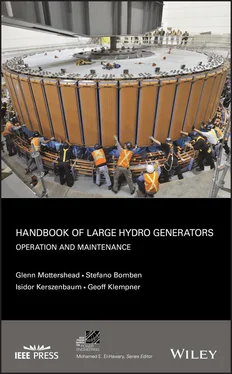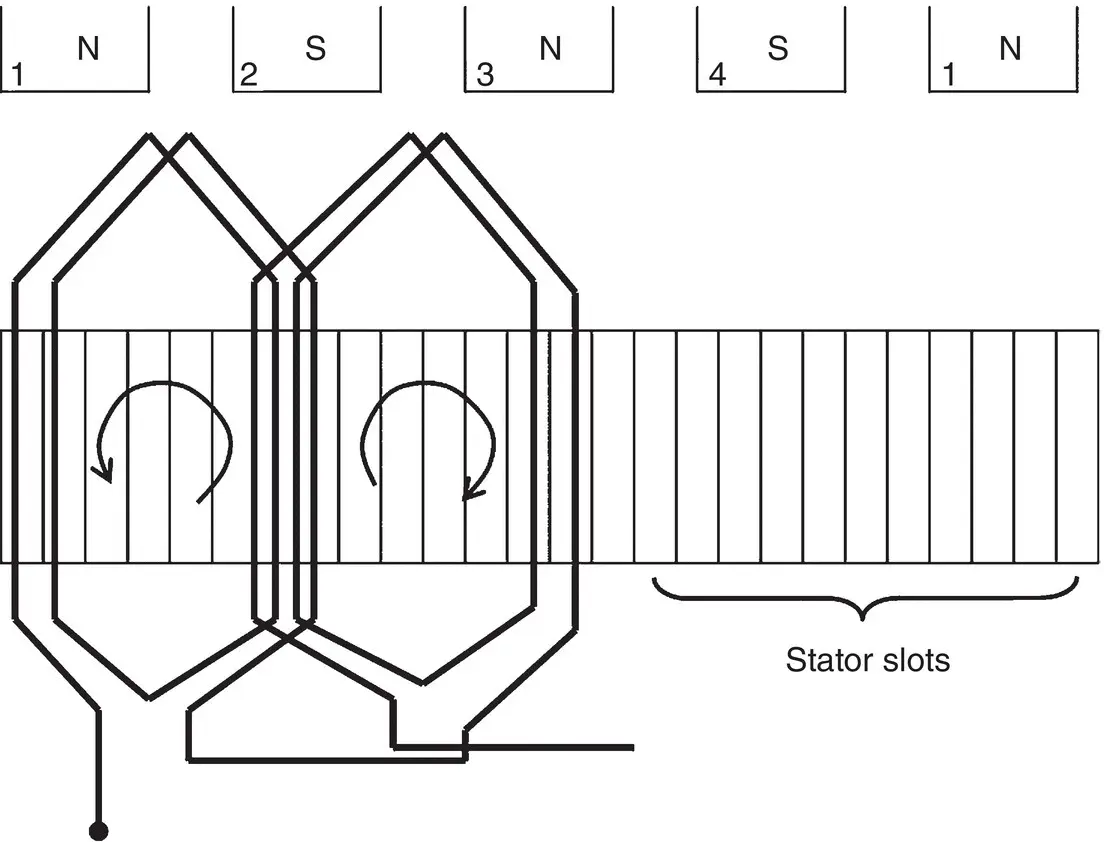
Figure 1.6-4“Developed” view showing four‐poles, slots, and a section of the winding.
1.7 SYNCHRONOUS MACHINE: BASIC OPERATION
For a more in depth discussion of the operation and control of hydro generators, the reader is referred to Chapter 4. In this chapter, the most elementary principles of operation of synchronous machines will be presented. As mentioned above, hydro generators are almost always three‐phase machines. Thus, the best place to start describing the operation of a three‐phase synchronous machine is a description of its magnetic field.
Earlier, we described how a current flowing through a conductor produces a magnetic field.
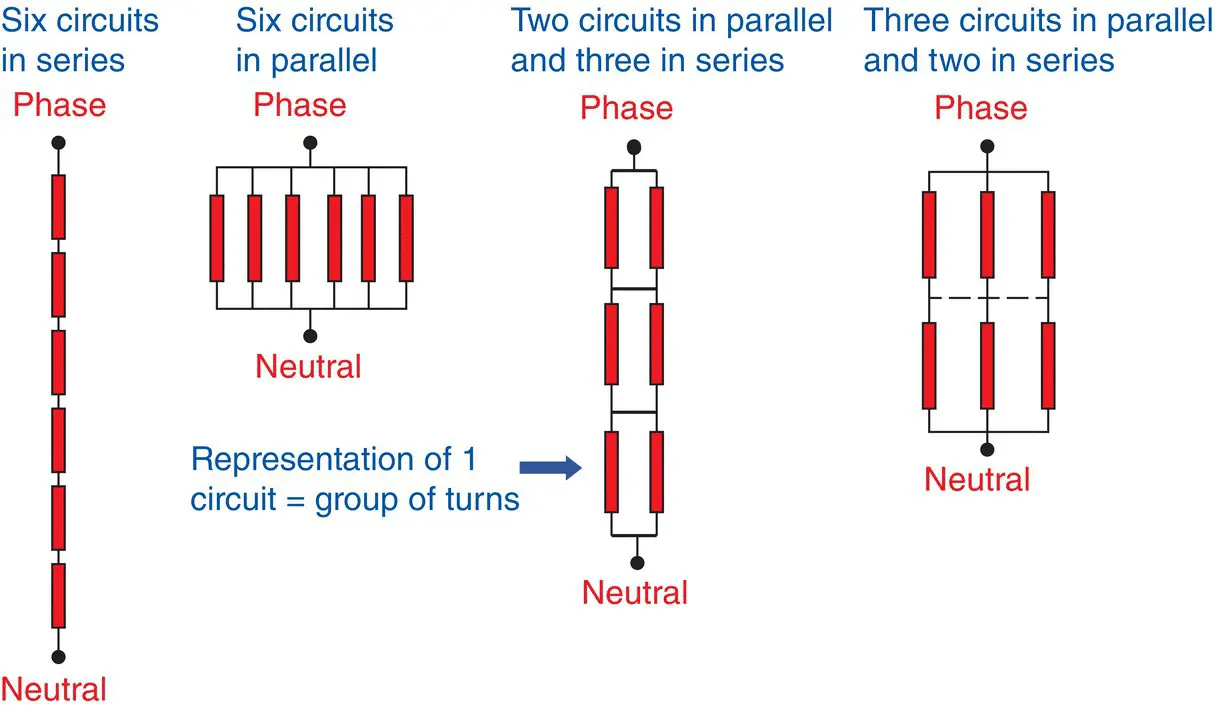
Figure 1.6-5Typical winding configurations.
Source: Courtesy of Voith.
It was also shown that by coiling the conductor, a larger field is obtained for the same current magnitude. Recall, that if the three phases of the winding are distributed at 120 electrical degrees apart, three balanced voltages are generated, creating a three‐phase system.
Now, a new element can be brought into the picture. By a simple mathematical analysis, it can be shown that three balanced currents (of equal magnitudes and 120 electrical degrees apart) flow in a balanced three‐phase winding when a magnetic field of constant magnitude is produced in the airgap of the machine.
This magnetic field revolves around the machine at a frequency equal to the frequency of the currents flowing through the winding (see Figure 1.7-1). As shown, a constant magnitude and constant rotational speed magnetic flux is created when three‐phase balanced currents flow through a three‐phase symmetrical winding. The sketch is for a four pole winding, however, similar result applies for any number of pairs of poles.
The importance of a three‐phase system creating a constant field cannot be stressed enough. The constant magnitude flux allows power, megawatts, to be transformed inside an electric machine from electrical to mechanical power, and vice versa. It is important to remember that a constant‐magnitude flux produces a constant‐magnitude torque.
1.7.1 Magnetic Representation
To describe the fundamental principles describing the operation of a synchronous machine, it is convenient to use the constructs of an ideal salient pole rotor machine connected to an infinite bus. The infinite bus represents a bus which can deliver or absorb active and reactive power without any limitations and whose voltage and frequency are essentially constant. The ideal machine has zero resistance and leakage reactance, infinite permeability, and no saturation, as well as zero reluctance torque.
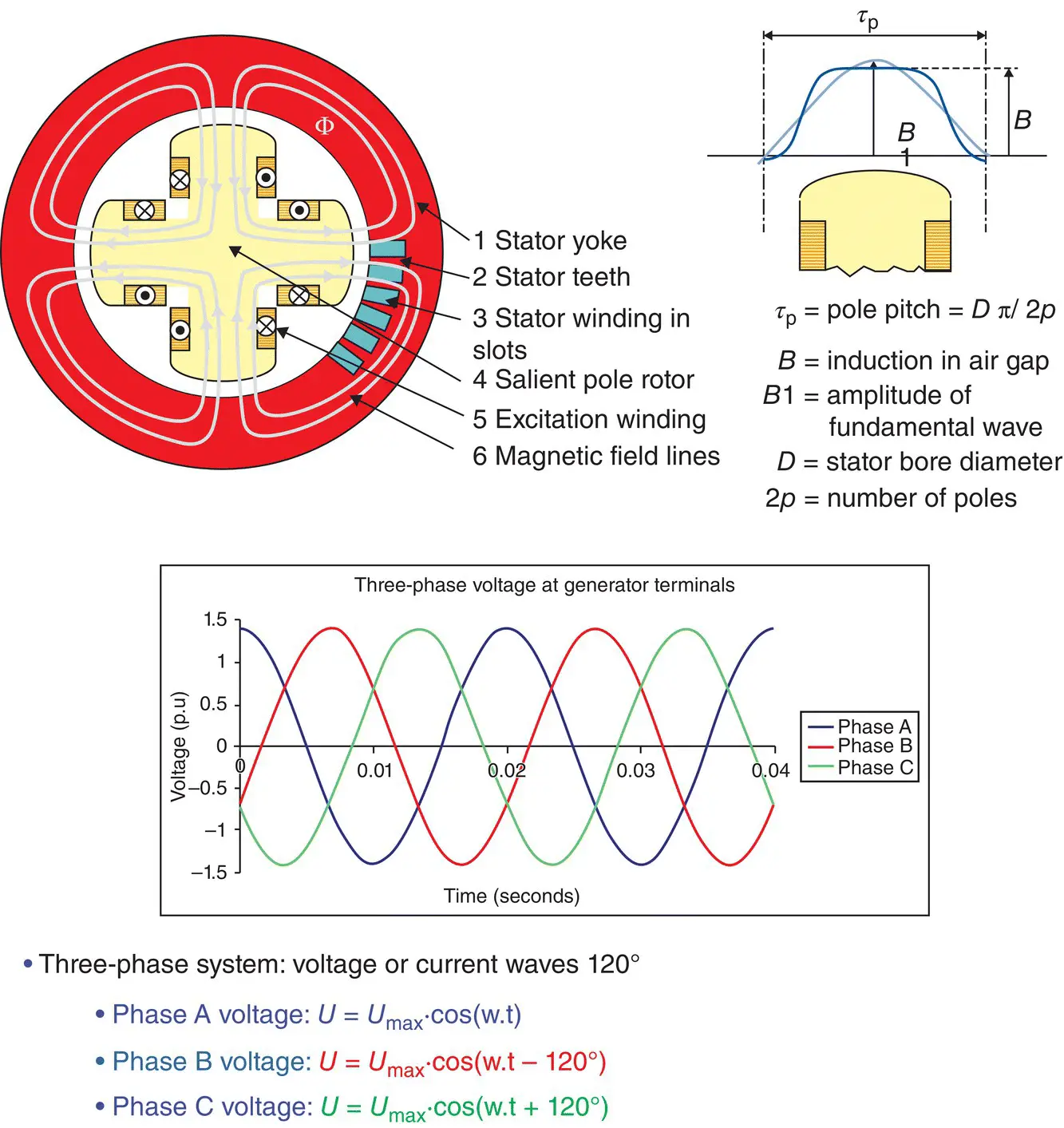
Figure 1.7-1Production of stator rotating field.
Source: Courtesy of Voith.
The production of torque in the synchronous machine results from the natural tendency of two magnetic fields to align themselves. The magnetic field produced by the stationary armature is denoted as Φ s. The magnetic field produced by the rotating field is Φ f. The resultant magnetic field is

The flux, Φ r, is established in the airgap of the machine. (Bold symbols indicate vector quantities.)
When the torque applied to the shaft equals zero, the magnetic fields of the rotor and the stator become perfectly aligned. The instant torque is introduced to the shaft, either in a generating or in a motoring mode, a small angle is created between the stator and rotor fields. This angle ( λ ) is called the torque angle of the machine, the angle ( ψ ) is called the internal power factor angle, and ( β ) is the space angle between the fundamentals of the Φ fand Φ rwaves (see Figure 1.7-2) [1].

Figure 1.7-2Phasor diagram of an unsaturated salient pole generator (lagging pf).
Due to saliency, the reactance measured at the terminals of the generator is a function of rotor positon and thus the two reactance theory can be applied [1]. The armature current I acan be resolved into two components, namely, I dand I qrepresenting direct and quadrature axis currents. I dis in time quadrature with the internal excitation voltage E f, where I qis in time phase with E f. The direct axis component of the armature I dproduces an armature reaction flux Φ adalong the axis of the field poles. I qhowever produces an armature reaction flux Φ aqin space quadrature with the field poles. The magnetic effect of Φ adis centered on the axis of the field pole where the magnetic effect of Φ aqis centered on the inter polar axis. The armature reaction flux Φ sis the space phasor sum of the components Φ adand Φ aq. It follows that the resultant flux Φ ris a result of the space phasor sum of the main field flux Φ fand armature reaction flux Φ s.
1.7.2 Generator Mode: Steady State Using Vectors
This section describes various practical use diagrams of a salient pole machine that is operating under steady‐state conditions [2].
Most generators in operation are in the mode of supplying real power and either supplying or absorbing reactive power. A machine is said to have a lagging power factor when supplying reactive power and a machine is said to have a leading power factor when absorbing reactive power. It is also common to have the machine supply just real power and the machine is said to be at unity power factor. Figure 1.7-3shows a diagram of a generator suppling power to the system with a lagging power factor and Figure 1.7-4shows a diagram of the same generator with a leading power factor. When looking at these diagrams a few assumptions need to be kept in mind. First, the machine is in steady‐state operation, second, the machine is connected to an “infinite bus,” and lastly, magnetic saturation is neglected. The following explanation does not discuss how to develop these curves in detail and is left to the reader by referencing [2].
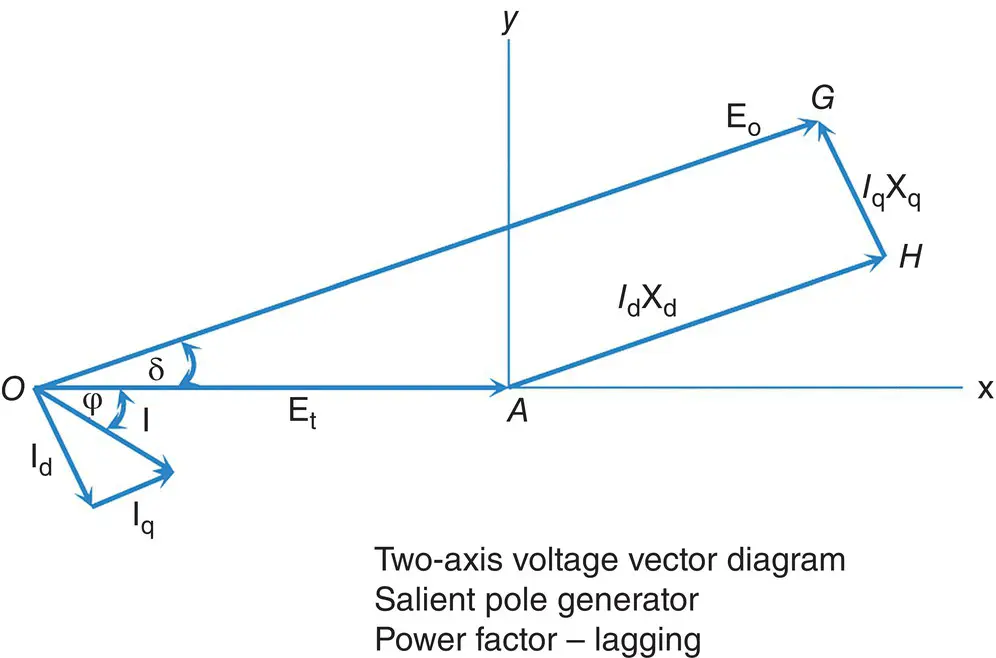
Figure 1.7-3Vector diagram of generator with a lagging power factor.
Referring to Figure 1.7-3, the line OA represents the terminal voltage E t, OG represents the internal generated voltage E o, and Iis the armature current lagging behind the terminal voltage by the angle φ which is the power factor angle. The armature current Ican be represented by the direct and quadrature currents I dand I q, respectively. The vectors I d X d(parallel to E o) and represented by AH and I q X q(perpendicular to E o) and represented by HG are also mutually perpendicular. The angle ( δ ) is the torque or power angle. The diagram demonstrates the internal generated voltage is higher than the terminal voltage during lagging power factor operation. This makes sense as the generator must push out the reactive power and requires the higher internal potential voltage of E oin order to accomplish this.
Читать дальше
